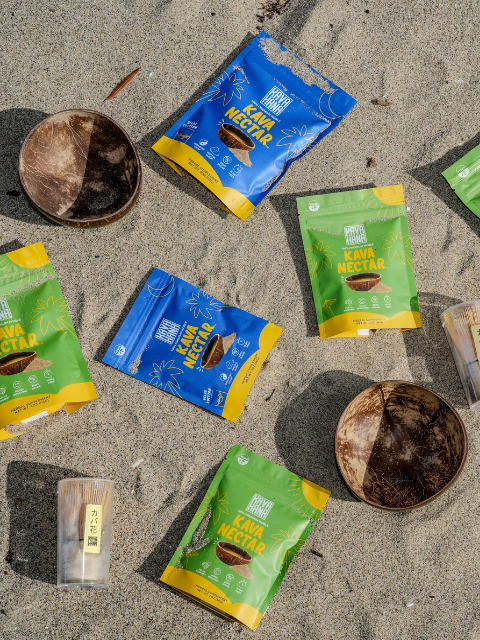The science behind the stress-relieving effects of kava
Kava is a traditional drink used for centuries in the South Pacific islands for its relaxing and calming effects. It is made from the roots of the kava plant, which contain bioactive compounds that are believed to ease stress and anxiety. In recent years, kava has gained popularity in the Western world as a natural alternative to prescription drugs for anxiety and insomnia. In this article, we will explore the science behind kava relaxation, including the mechanisms of kava relaxation and the bioactive compounds in kava.
The mechanisms of kava relaxation: How kava eases stress and anxiety
Kava is believed to work by interacting with the GABA system in the brain, which is responsible for regulating anxiety and stress. Specifically, kava is thought to increase the activity of GABA-A receptors, which produce a calming effect on the body. This mechanism is similar to the way that benzodiazepines, a class of prescription drugs used to treat anxiety, work in the brain. However, kava does not produce the same negative side effects as benzodiazepines, such as drowsiness and impaired cognitive function.
In addition to its effects on the GABA system, kava also appears to have an impact on other neurotransmitters involved in stress and anxiety. For example, kava has been shown to increase levels of dopamine and serotonin in the brain, which are both associated with feelings of well-being and happiness. Kava also appears to affect the endocannabinoid system, which is involved in regulating mood and stress.
The science behind kava’s calming effects: Understanding the bioactive compounds in kava
Kava contains several bioactive compounds, including kavalactones, flavokawains, and chalcones, which are believed to be responsible for its calming effects. Kavalactones are the most well-known of these compounds and are thought to be the primary active ingredient in kava. These compounds are believed to work by increasing the activity of GABA-A receptors in the brain, which produces a calming effect on the body.
Flavokawains and chalcones are lesser-known bioactive compounds in kava, but they have been shown to have anti-inflammatory and antioxidant properties. These compounds may also contribute to the calming effects of kava by reducing inflammation and oxidative stress in the body, which are known to contribute to anxiety and stress.
In conclusion, kava is a traditional drink that has been used for centuries for its relaxing and calming effects. The science behind kava relaxation suggests that it works by interacting with the GABA system in the brain and increasing levels of dopamine and serotonin, among other neurotransmitters. Kava contains several bioactive compounds, including kavalactones, flavokawains, and chalcones, which are believed to be responsible for its calming effects. While kava has gained popularity as a natural alternative to prescription drugs for anxiety and insomnia, it is important to note that more research is needed to fully understand its effects on the body.


